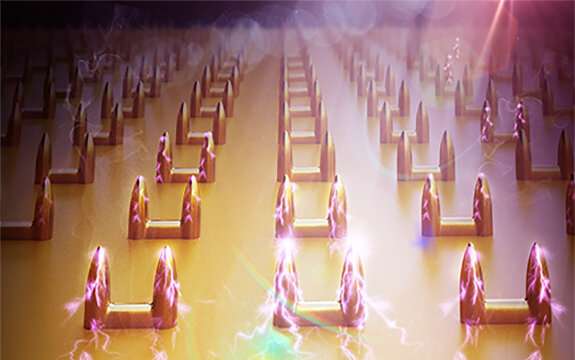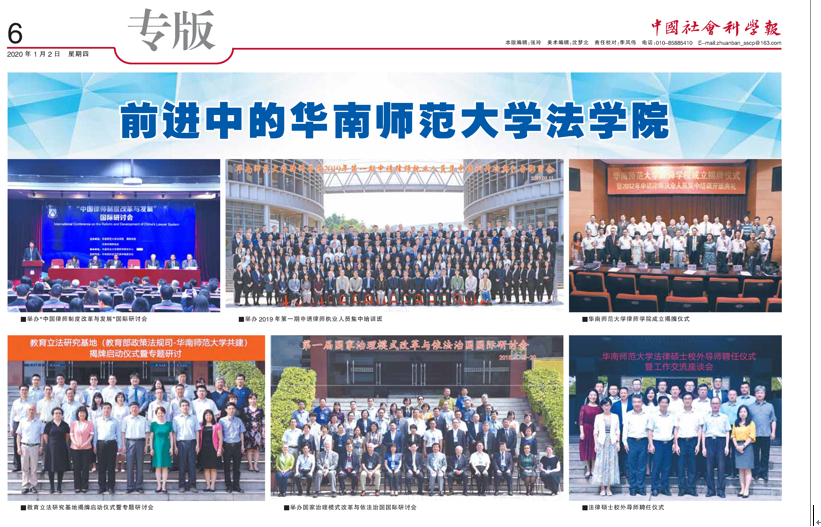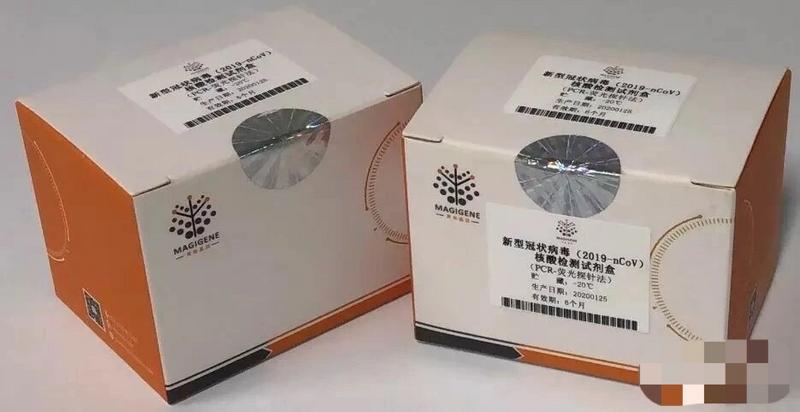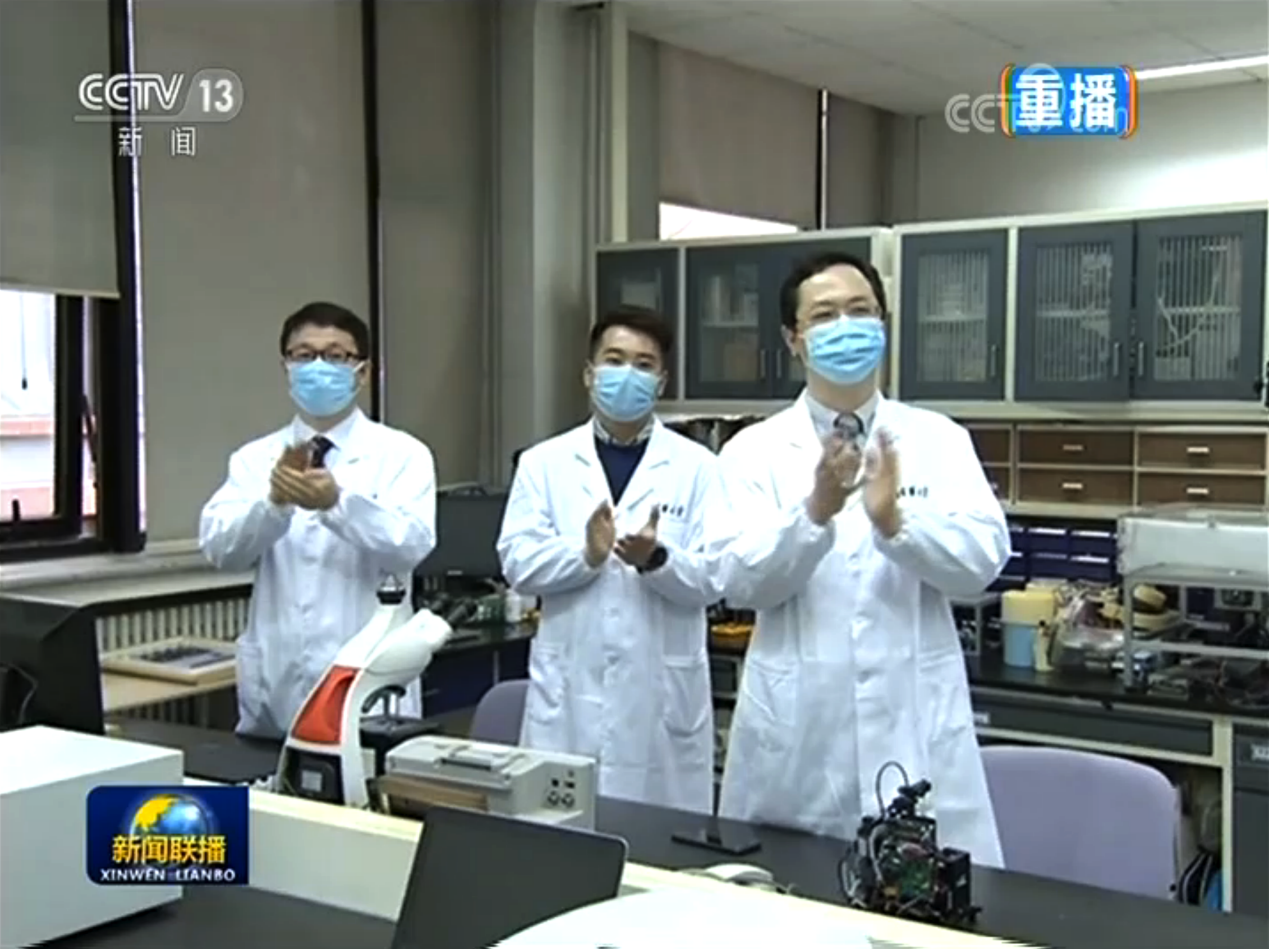
Likes
An international team, led by Swinburne researchers, has developed an ultra-thin nanostructure gold film—or metasurface—with the potential to revolutionize next-generation bio-sensing chips.

An illustration of a 3D metasurface trapping light with extremely strong near-field enhancement at the tips of pillars through dark modes. (Image: Swinburne University)
The new metasurface could be used to create an extremely sensitive diagnostic chip to detect disease in small amounts of body fluids.
The researchers, co-led by founding director of the Centre for Translational Atomaterials, Professor Baohua Jia and Head of the Nonlinear Physics Centre at the Australian National University (ANU), Professor Yuri Kivshar recently developed the metasurface, which is capable of strong light-matter interaction with higher sensitivity.
The research breakthrough has been reported as the cover story in the journal Nano Letters, a monthly peer-reviewed scientific journal published by the American Chemical Society.
("Bound States in the Continuum in Anisotropic Plasmonic Metasurfaces").
The metasurface consists of an array of standing double-pillar meta-molecules that support strong dark mode resonances or electromagnetic configurations that can 'trap' light energy and prevent it from escaping. Once the dark modes are excited, the structure 'squeezes' light into the tips of the pillars.
"When the metasurface is illuminated by light at some specific oblique angles, dark modes can be excited and they can 'trap' all the energy of incident light, leading to the highest field enhancements at the tips of pillars," says first author of the paper and Swinburne Ph.D. candidate Yao Liang.
"Because the mode is trapped and squeezed, the field becomes so high that an ultrahigh quality factor, the so-called Q-factor used to describe how well the device is able to trap the light in the device, can be achieved," says co-author ANU Ph.D. candidate Kirill Koshelev.
The strong light field enhancement in the infrared molecular fingerprint wavelength region has many applications.
"For example, it could be applied to build an ultra-compact and extremely sensitive diagnostic chip that can detect disease in small samples of blood or saliva, helping people monitor their health in real-time," says co-author from South China Normal University, Dr. Fengchun Zhang.
The breakthrough shows great potential for other applications such as ultra-fast thermal imaging and quantum emitters.
Source: https://www.nanowerk.com/nanotechnology-news2/newsid=55435.php
What to read next:










